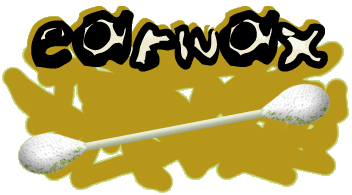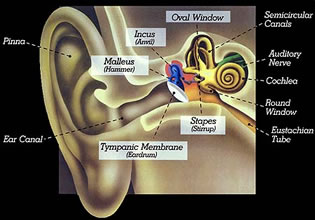 |
 |
 |
 |
It's sticky. It's shiny. But what is earwax, anyway - and where does it come from?
Earwax is made in the outer ear canal. This is the area between the fleshy part of the ear on the outside of your head (the part you can see) and the middle ear. The skin in the outer ear canal has special glands that produce earwax. The fancy name for this waxy stuff is cerumen (say: suh-roo-mun).
After the wax is produced, it slowly makes its way through the outer ear canal to the opening of the ear. Then it either falls out or is removed when you wash. In most people, the outer ear canal makes earwax all the time, so the canal always has enough wax in it.
So why do we need wax? Earwax has two important jobs. First, it contains special chemicals that fight off infections that could hurt the skin inside the ear canal. Second, it acts as a shield between the outside world and the eardrum. When dust, dirt, and other things enter your ear, the earwax traps them so they can't travel any further.
If you want to get rid of earwax, pay close attention to what to do: nothing! Most kids don't need to do anything special to remove earwax. If you wash your hair regularly, this is enough to keep your ears clean. Don't use a cotton swab, your finger, or anything else to poke around inside your ear to remove earwax. Your ear canal and eardrum are very delicate, and you may hurt them or cause bleeding by trying to get rid of wax this way. Poking around in your ear can also push and pack the wax in further.
In some kids, one or both ear canals make extra earwax. If this sounds like you, tell an adult. Doctors often can prescribe special medicines that are placed in the ear to get rid of extra wax.
Disclaimer: This information is not intended be a substitute for professional medical advice. It is provided for educational purposes only. You assume full responsibility for how you choose to use this information.
Updated and reviewed by: Mary
L. Gavin, MD
Date reviewed: August 2003Originally reviewed by: Steven Dowshen,
MD, and Neil Izenberg, MD